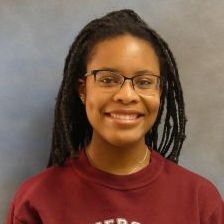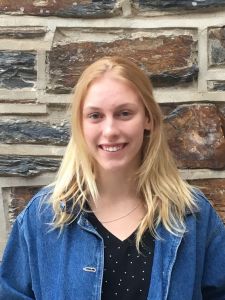Nathan Liang (Psychology, Statistics), Sandra Luksic (Philosophy, Political Science),and Alexis Malone (Statistics) began their 10-week project as an open-ended exploration how women are depicted both physically and figuratively in women’s magazines, seeking to consider what role magazines play in the imagined and real lives of women.
Project Lead: Charlotte Sussman
Project Manager: Michelle Sroka
Disciplines Involved: English, Literature, History, Visual & Media Studies, Gender, Sexuality, & Feminist Studies, all quantitative STEM
Working on over 500 covers of five popular magazines from 2010-2018, the students compiled a sentiment dictionary to analyze language used about and by women in magazines. The team also discovered whether the data actually backed up their preconceptions about magazines. For example, while the data did support a lack of diversity in magazines – 85% of cover models were white, and no Asian men were represented in any magazines – the team was surprised to see the connection between messages of feminism and empowerment with consumerism. Ideas of empowerment largely occurred within the concept of beauty, which was linked in all magazines to money, advertising, and the accumulation of products to achieve the standards of beauty being presented. These discoveries opened up further discussion, and possibly further research, into what role women’s magazines should and could play in feminism and women’s empowerment, and how marketing strategies relate to the objectives of those movements.
As Michelle Sroka (English), the graduate mentor for this group commented, working at the intersection of humanistic studies and computer science allowed her and the students to discover new approaches to collaborative research: “While I had envisioned a broad outline for the project, one of the steepest learning curves was learning how to manage the details, when I knew so little about data and research. Yet seeking to navigate the divides between the humanities and data taught both myself and my students how to become better at envisioning and articulating not only the goals and scope of a project, but also why it matters. While much of the actual research done aligned with what I had envisioned when designing the project, the conclusions reached went far beyond what I could have imagined in wonderful and important ways.”







